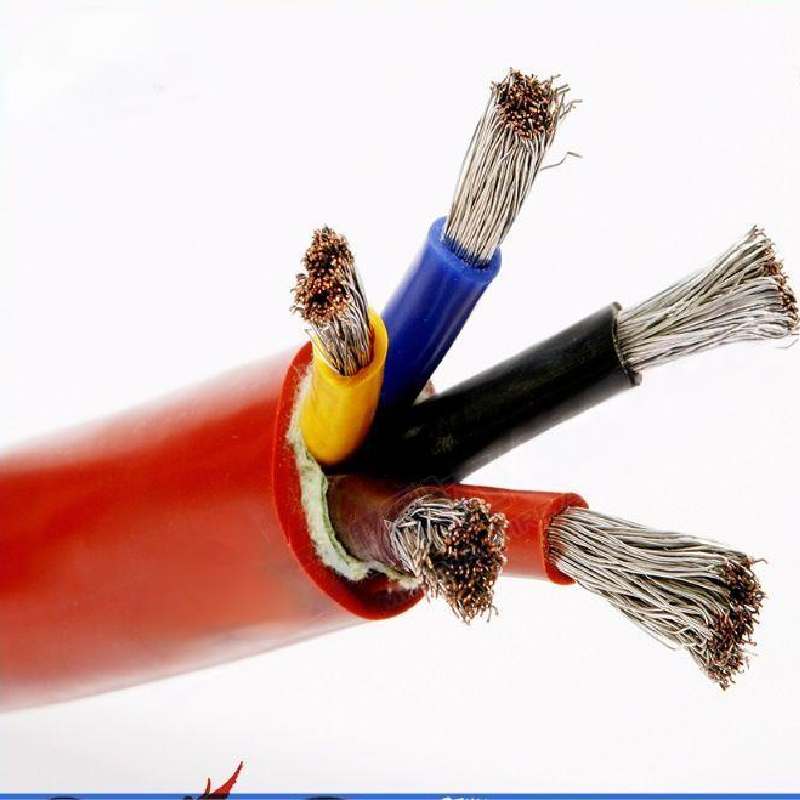Nov . 16, 2024 02:13 Back to list
y strainers for water
Understanding Y-Strainers for Water Applications
Y-strainers are essential components in various water management systems, serving a critical function in ensuring the efficiency and longevity of pipelines and equipment. Often referred to simply as strainers, Y-strainers are specifically designed to remove unwanted particles and debris from a fluid system, making them an invaluable tool in both industrial and municipal applications.
Design and Functionality
The name Y-strainer comes from its distinctive Y-shaped body, which is conducive to optimal flow characteristics. This design allows the fluid to enter the strainer at an angle, facilitating the removal of contaminants. When a liquid, such as water, passes through the Y-strainer, it encounters a mesh screen or filter element. The size of this mesh can vary depending on the application requirements, effectively trapping debris, sediments, and other unwanted particles while allowing clean water to flow through.
The operation of the Y-strainer is straightforward. As water flows through the strainer, particles larger than the mesh openings are captured, preventing them from entering downstream processes or equipment. This filtration mechanism protects pumps, valves, and other critical components from damage caused by clogging or wear and tear. Regular maintenance, including cleaning or replacing the mesh, is essential to ensure optimal performance.
Applications of Y-Strainers
Y-strainers are commonly utilized in a range of applications, particularly in industries where water quality is paramount. Here are some specific areas where Y-strainers play a critical role
1. Municipal Water Systems In water treatment facilities and distribution networks, Y-strainers help maintain clean water supply by preventing the accumulation of debris that could lead to contamination or infrastructure damage.
2. Industrial Processes Many manufacturing processes require high-quality water that is free of particles. Y-strainers are employed in various industries, including food and beverage, pharmaceuticals, and chemical manufacturing, to ensure the purity of water used in production.
3. Irrigation Systems Agricultural applications benefit greatly from Y-strainers, as they protect irrigation systems from clogging caused by dirt, plant debris, and other contaminants. This ensures that crops receive a consistent and reliable water supply.
y strainers for water

4. Cooling Systems In power plants and industrial facilities, cooling systems rely on Y-strainers to filter out debris that could block heat exchangers or cooling towers, thereby optimizing efficiency and preventing costly breakdowns.
Advantages of Using Y-Strainers
The use of Y-strainers in water applications offers several advantages
- Cost-Effective Maintenance Regular maintenance of Y-strainers, which typically involves cleaning or replacing the mesh, is relatively simple and cost-effective compared to the potential costs associated with equipment failure.
- Protection of Equipment By trapping unwanted particles, Y-strainers extend the life of pumps, valves, and other system components, reducing downtime and repair costs.
- Versatility Y-strainers can be used in a variety of applications and industries, making them a versatile solution for water filtration.
- Ease of Installation With their straightforward design, Y-strainers are easy to install and integrate into existing systems without requiring significant modifications.
Conclusion
In conclusion, Y-strainers are vital components in maintaining the integrity and efficiency of water systems across various applications. Their design, functionality, and ease of use make them an indispensable tool for preventing system failures and ensuring a reliable flow of clean water. As industries and municipalities continue to prioritize water quality and operational efficiency, Y-strainers will remain an essential element in achieving these goals. By investing in high-quality Y-strainers and committing to regular maintenance, organizations can protect their infrastructure, minimize costs, and promote sustainable practices in water management.
Share
-
Reliable Wafer Type Butterfly Valves for Every IndustryNewsJul.25,2025
-
Reliable Flow Control Begins with the Right Ball Check ValveNewsJul.25,2025
-
Precision Flow Control Starts with Quality ValvesNewsJul.25,2025
-
Industrial Flow Control ReliabilityNewsJul.25,2025
-
Engineered for Efficiency Gate Valves That Power Industrial PerformanceNewsJul.25,2025
-
Empowering Infrastructure Through Quality ManufacturingNewsJul.25,2025